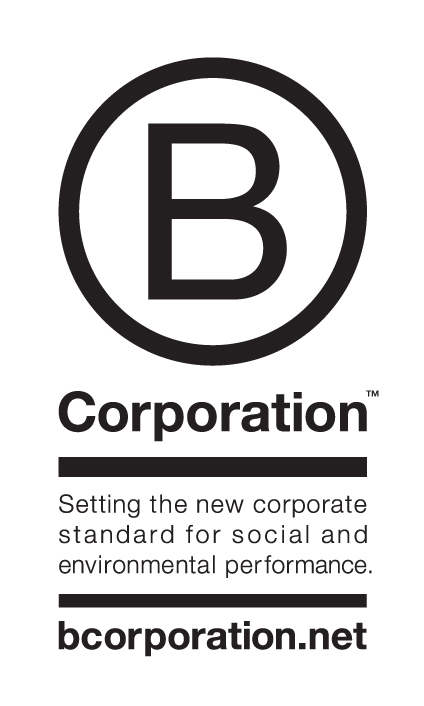10 Things You Should Know About Benefit Corporations
Good business thinks first about relationships. The relationship between the business and the community in which it exists. The relationship between owners, management, and staff. The relationship with customers and suppliers. The relationship between its actions and its impact on the environment.
- Jay Coen Gilbert, Co-founder, B Lab
Companies across the globe are beginning to place more and more importance on demonstrating social impact in the work that they do. Whether it's an individual who wants to be a social entrepreneur or a CEO who is implementing a corporate social responsibility (CSR) program, there is a growing emphasis on no longer conducting business as usual.
However, for those looking to create an entity that provides social value, the options can seem very black (incorporation/shareholders) and white (nonprofit status/donations) with very little grey area. This is where the Benefit Corporation comes in. It's a new way of doing business, and here's what you need to know.
1. A benefit corporation is a “new class of corporations” legally required to be socially responsible.
2. Benefit corporations seperate the "good companies” from those that simply have good marketing. While I love the idea of corporate social responsibility in theory, I am not a fan of how it's often implemented in the private sector - as an "extra" activity to the side for marketing purposes with the hope of building good will in the community. For benefit corporations it's about more than producing an annual report on it's social responsibility and community activities.
3. Unlike corporations, which are legally required to maximize profits, benefit corporations can experience legal consequences for (emphasis mine):
- Failing to pursue a material positive impact on society and the environment as assessed against a third party standard;
- Violating duty to consider non-financial interests when making decisions; or
- Failing to meet the transparency requirements.
4. Being a certified B Corporation is not the same as being a benefit corporation. Confusing, I know. The former is a certification issued by the non-profit, B Lab, and the latter is a form of incorporation for a business. However, becoming a certified B Corporation is one way to meet the benefit corporation statutory requirements. Note: benefit corporation legislation is B Lab's public policy initiative.
5. Maryland and Vermont were the first states to enact Benefit Corporation legislation in 2010.
6. There are now a total of four states that have passed the legislation (Virginia and New Jersey were added to the list), and Colorado, Hawaii, New York, North Carolina, Pennsylvania, California and Michigan have forthcoming legislation
7. B Lab was established in 2006, and 81 founding companies became certified in 2007.
8. There are currently 422 certified B Corporations in 54 industries, including 17 in Canada and one in Europe. Current certified B Corporations include Seventh Generation, Numi Organic Tea, and Better World Books.
9. B Corporations pay the standard corporate income tax rate. So far, the only city that gives tax breaks is Philadelphia, where some will be eligible for a $4,000 tax break starting in 2012.
10. Benefit Corporations differ from low-profit limited liability companies (or L3Cs) in that they are not requird to prioritize social goals over profits. This give social entrerpreneurs a legal option that allows them a way to balance the goal of providing a financial return to investors while providing other stakeholders value through social impact.
